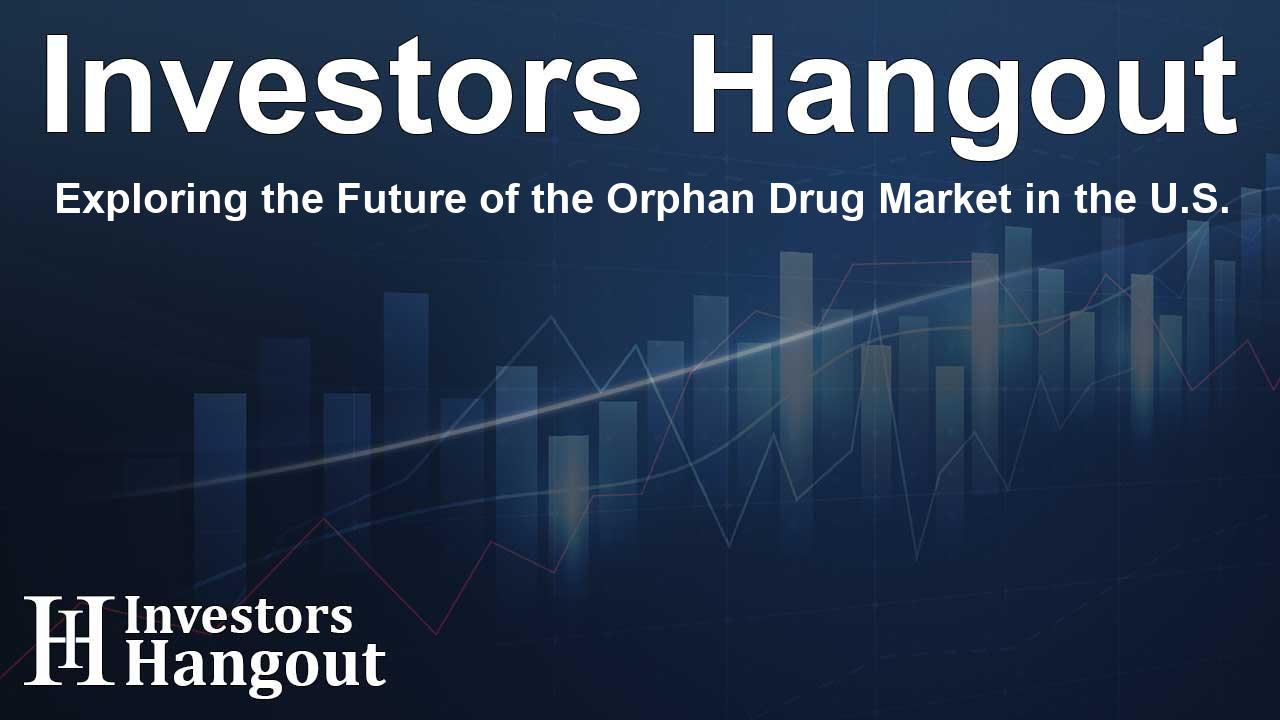Exploring the Future of the Orphan Drug Market in the U.S.

Understanding the U.S. Orphan Drug Market Landscape
The orphan drug market in the U.S. is experiencing a significant transformation, characterized by impressive growth potential. Current trends suggest that by 2030, the market opportunity could surpass US$ 190 billion. This growth is propelled by favorable regulatory policies and an increase in pharmaceutical companies focusing on developing treatments for rare diseases.
Regulatory Framework and Its Impact
The FDA's Orphan Drug Act plays a crucial role in shaping the orphan drug landscape. It offers valuable incentives, including market exclusivity, tax benefits, and accelerated approval processes, which encourage pharmaceutical firms to invest in the research and development of orphan drugs. These incentives have led to a surge of over 800 orphan-designated drugs currently in clinical trials, showcasing the industry’s commitment to addressing unmet medical needs.
Diversity of Clinical Trials
The clinical pipeline for orphan drugs is notably diverse, encompassing a wide range of rare conditions such as genetic disorders, metabolic diseases, and specific types of cancer. Companies are increasingly employing advanced therapeutic technologies, including gene therapy and targeted biologics, to tackle these complex health challenges. This innovative approach is not just fruitful in clinical trials but also paves the way for revolutionary new treatments that enhance patient outcomes.
Commercial Success and Market Dynamics
In addition to its clinical advancements, the orphan drug market is achieving remarkable commercial success. More than 500 orphan-designated drugs are now commercially available, affirming the viability of treatments aimed at rare diseases. This robust market environment presents unique opportunities for pharmaceutical manufacturers, healthcare professionals, and investors alike, ensuring continued growth and innovation in the coming years.
Insights on Pricing and Sales
Recent market research highlights crucial insights regarding pricing and sales in the orphan drug sector. With data drawn from over 400 marketed orphan drugs, stakeholders are equipped with essential information to navigate treatment economics and refine market strategies. Furthermore, ongoing sales analyses of more than 150 orphan-designated products provide a window into revenue trends and market dynamics, helping companies position themselves competitively.
The Premium Price Factor
Orphan drugs inherently command premium prices, largely due to their specialized nature and the limited patient populations they serve. This pricing dynamic enhances their commercial appeal, yet it also poses challenges for pharmaceutical companies when establishing pricing strategies and reimbursement protocols. The thorough market intelligence available from recent studies is vital for stakeholders aiming to make informed decisions in this space.
Impacts of Clinical Innovation
Continuous clinical innovation is pivotal in maintaining the momentum of the orphan drug market. Breakthrough therapies often enjoy expedited commercial pathways, drastically reducing the time from clinical trial initiation to market release. This rapid evolution not only shapes the competitive landscape but also stimulates ongoing investments in orphan drug development.
Looking Ahead: A Promising Future
The U.S. orphan drug market stands on the brink of further expansion, supported by robust clinical initiatives and encouraging market trends. Comprehensive analytical reports provide valuable perspectives on both pipeline developments and commercially available drugs, allowing stakeholders to harness actionable insights and foster growth within this dynamic sector.
Frequently Asked Questions
What is the current market size of orphan drugs in the U.S.?
The U.S. orphan drug market is projected to exceed US$ 190 billion by 2030, demonstrating significant growth potential.
How many orphan drugs are currently in clinical trials?
Over 800 orphan-designated drugs are currently progressing through various clinical trials across the U.S.
What incentives does the FDA offer for orphan drug development?
The FDA provides incentives such as market exclusivity, tax credits, and accelerated approval pathways through the Orphan Drug Act.
What are some common conditions treated by orphan drugs?
Orphan drugs facilitate treatment for a wide range of rare diseases, including genetic disorders, neurological conditions, and certain cancers.
Why do orphan drugs have high pricing?
Due to their specialized treatments for limited patient populations and significant clinical benefits, orphan drugs often command premium pricing.
About The Author
Contact Ryan Hughes privately here. Or send an email with ATTN: Ryan Hughes as the subject to contact@investorshangout.com.
About Investors Hangout
Investors Hangout is a leading online stock forum for financial discussion and learning, offering a wide range of free tools and resources. It draws in traders of all levels, who exchange market knowledge, investigate trading tactics, and keep an eye on industry developments in real time. Featuring financial articles, stock message boards, quotes, charts, company profiles, and live news updates. Through cooperative learning and a wealth of informational resources, it helps users from novices creating their first portfolios to experts honing their techniques. Join Investors Hangout today: https://investorshangout.com/
The content of this article is based on factual, publicly available information and does not represent legal, financial, or investment advice. Investors Hangout does not offer financial advice, and the author is not a licensed financial advisor. Consult a qualified advisor before making any financial or investment decisions based on this article. This article should not be considered advice to purchase, sell, or hold any securities or other investments. If any of the material provided here is inaccurate, please contact us for corrections.
